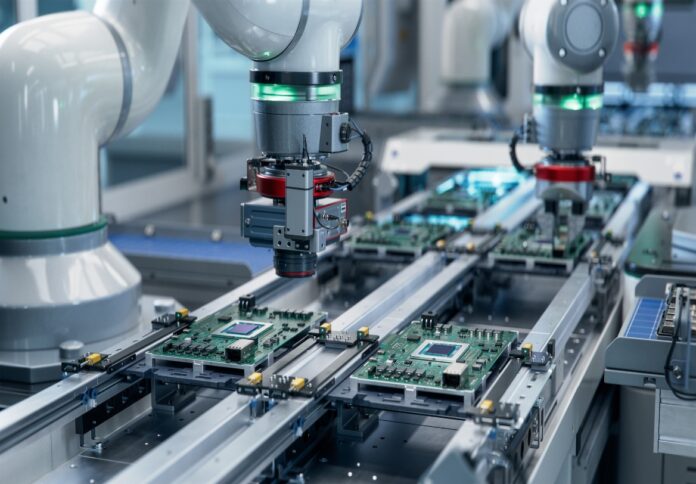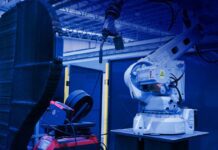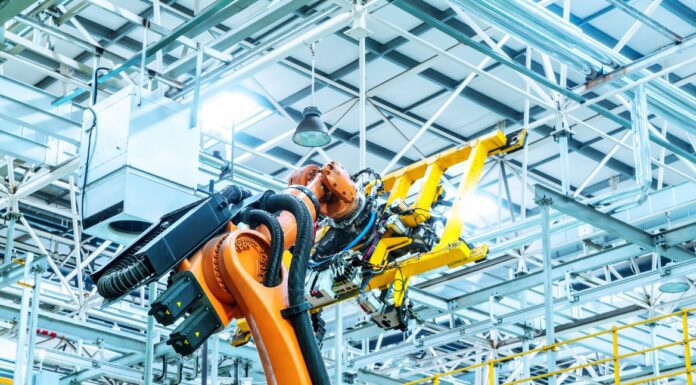
Archer Materials, a semiconductor company focused on advancing quantum technology and medical diagnostics, has announced a breakthrough in developing a highly manufacturable carbon film with significant quantum properties, including long room-temperature electron spin lifetimes.
The development is part of Archer’s ongoing efforts to create scalable methods for producing carbon nano-onions (CNOs) and establishing a path for future quantum device manufacturing, the company said in an ASX announcement.
The films are deposited on substrates using a proprietary chemical vapour deposition process, with lifetimes approaching 400 nanoseconds.
This clean process ensures extremely low levels of impurities, a critical factor in achieving longer electron spin lifetimes.
The company further explained that initial characterisation via electron microscopy revealed some short-range order in the carbon films, suggesting similarities with the structure of CNOs.
This may explain the longer spin lifetimes observed. Work is underway to understand the key parameters that affect spin lifetime, allowing further tuning of the material for quantum performance.
Greg English, executive chair of Archer, commented on the significance of the breakthrough: “Manufacturability of many quantum materials is an ongoing challenge in the field, as this can also hinder research and development. This new carbon film helps accelerate the manufacturability of the qubit material.”
In addition to the development of the new carbon film, Archer is continuing its collaboration with École Polytechnique Fédérale de Lausanne (EPFL) to better understand spin lifetime control in CNOs.
This partnership is a blend of theory-led work at EPFL and experimental efforts at Archer’s facility in Sydney. A scientific paper documenting the results is currently in preparation.
English further elaborated, “Working on this new film, alongside CNOs or even in place of CNOs, will accelerate the development of our quantum technology and provide a means of volume manufacturing of such devices. By observing quantum phenomena sooner, we can eventually develop quantum devices more rapidly.”



















